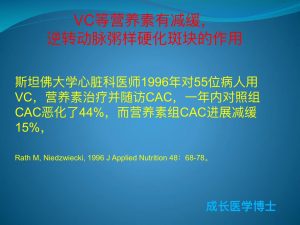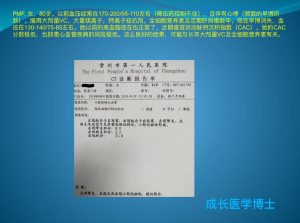Long-Term Oral Bisphosphonate Therapy and Fractures in Older Women: The Women’s Health Initiative.
Drieling RL, et al. J Am Geriatr Soc. 2017.
Show full citation
Abstract
OBJECTIVES: To examine the association between long-term bisphosphonate use and fracture in older women at high risk of fracture.
DESIGN: Retrospective cohort.
SETTING: Women’s Health Initiative.
PARTICIPANTS: Older women who reported at least 2 years of bisphosphonate use in 2008-09 (N = 5,120).
MEASUREMENTS: Exposure data were from a current medications inventory. Outcomes (hip, clinical vertebral, wrist or forearm, any clinical fracture) were ascertained annually. Using multivariate Cox proportional hazards models, the association between duration of bisphosphonate use (3-5, 6-9, 10-13 years) and fracture was estimated, using 2 years as the referent group.
RESULTS: On average participants were 80 years old and were followed for 3.7 ± 1.2 years. There were 127 hip, 159 wrist or forearm, 235 clinical vertebral, and 1,313 clinical fractures. In multivariate-adjusted analysis, 10 to 13 years of bisphosphonate use was associated with higher risk of any clinical fracture than 2 years of use (hazard ratio (HR) = 1.29, 95% confidence interval (CI) = 1.07-1.57). This association persisted in analyses limited to women with a prior fracture (HR = 1.30, 95% CI = 1.01-1.67) and women with no history of cancer (HR = 1.36, 95% CI = 1.10-1.68). The association of 10 to 13 years of use, compared with 2 years of use, was not statistically significant for hip (HR = 1.66, 95% CI = 0.81-3.40), clinical vertebral (HR = 1.65, 95% CI = 0.99-2.76), or wrist fracture (HR = 1.16, 95% CI = 0.67-2.00).
CONCLUSION: In older women at high risk of fracture, 10 to 13 years of bisphosphonate use was associated with higher risk of any clinical fracture than 2 years of use. These results add to concerns about the benefit of very long-term bisphosphonate use.









